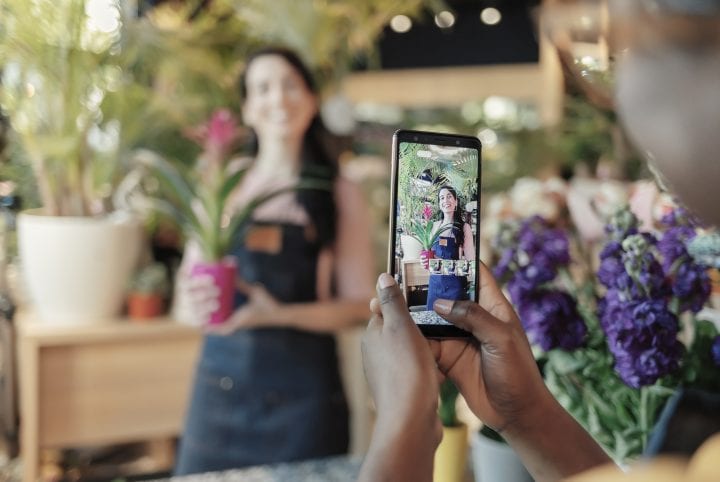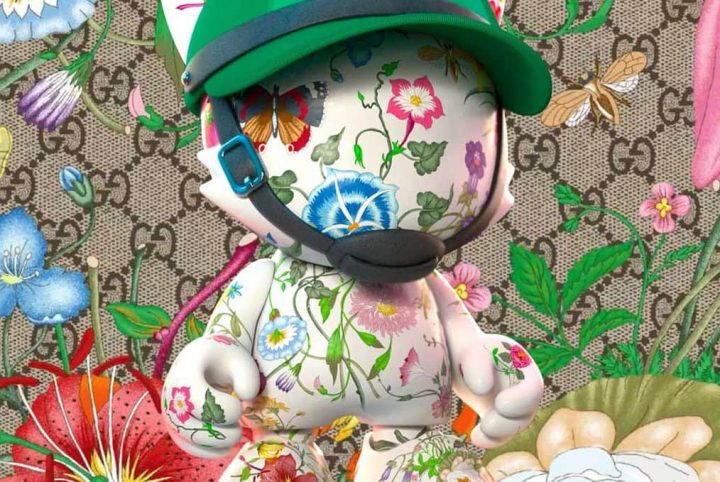
‘Gimmicky’ or imaginative retail display is a cost-effective way to enhance customers’ purchase behaviour, increase product sales and boost return on investment.
If you have ever found yourself gravitating to a supermarket display and ignoring the same item on the shelf behind, you’re not alone.
Retailers deliberately create an exciting store environment to motivate consumers to purchase. But the items featured do not necessarily have to be novel. In fact, by simply appealing to human senses such as sight, touch and smell even every-day items like toothpaste – and yes, tissues – can take on an exotic patina and motivate customers to buy.
So what exactly is happening? Marketing expert Professor Hean Tat Keh spends a lot of his time trying to work out exactly why certain marketing elements motivate us, delving into consumer psychology to investigate just how we are consciously and unconsciously influenced.
His new joint research, ‘Gimmicky or Effective? The Effects of Imaginative Displays on Customer Purchase Behaviour’ delves into the barely perceptible decisions we make around everyday items that are based on our emotional responses, revealing that we are most likely to buy if an imaginative display arouses our interest and makes us infer a relevant product benefit.
This may not seem surprising for disposable purchases that make use feel good – but all this is also taking place in a supermarket aisle? It seems so, according to Professor Keh and his co-authors, former Monash Business School PhD students Dr Di Wang (now at the Queensland University of Technology) and Dr Li Yan (now at the Capital University of Economics and Business).
The study, due to be published in the American Marketing Association’s prestigious Journal of Marketing, finds imaginative displays constructed using multiple units of the same product in a novel yet creative form, will attract customer attention to the product on display and increase their purchase behaviour.
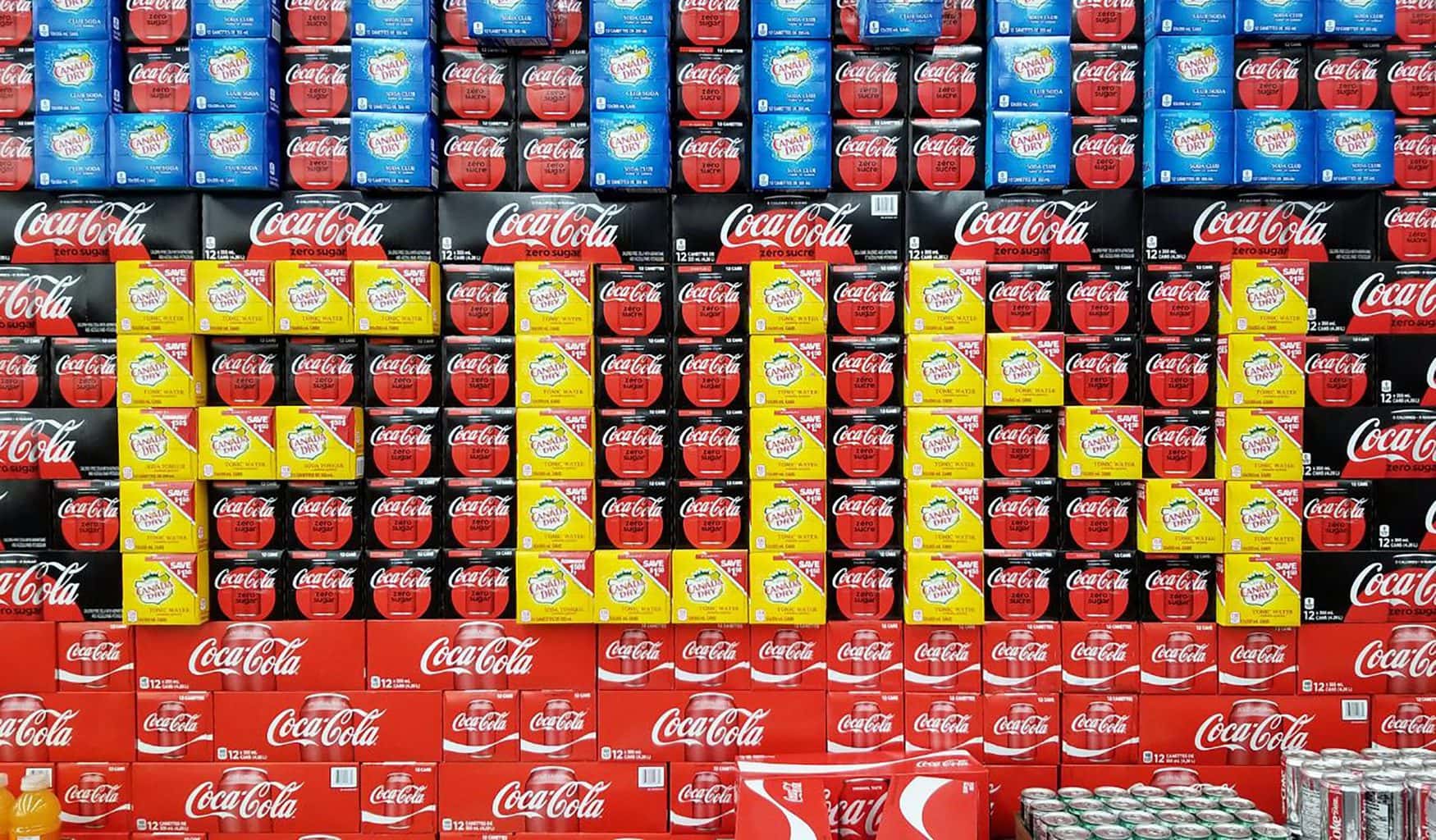
Gimmicky or effective?
Professor Keh is intrigued by exactly what is being triggered when people see a display (like the one above for Coca-Cola products) and wanted to investigate the underlying reason.
“It is well known that retailers benefit from having in-store displays, which can create unplanned purchases for frequently purchased product categories,” he says.
“To our knowledge though, prior research has not systematically examined the effects of imaginative displays on customers’ purchase behaviour and store sales.”
The researchers conducted six studies in both lab and field settings using chocolates, bathroom tissue, toothpaste, and energy drinks, comparing standard displays (using a non-novel and neutral aesthetic), to imaginative displays.
The researchers noted a 53 per cent return on investment (ROI) for a particular imaginative display of facial tissues shaped as a quasi-circular cone (shown below).
In addition, significantly more customers who were exposed to an imaginative product display purchased more chocolates at a confectionary store than others who saw the standard display.
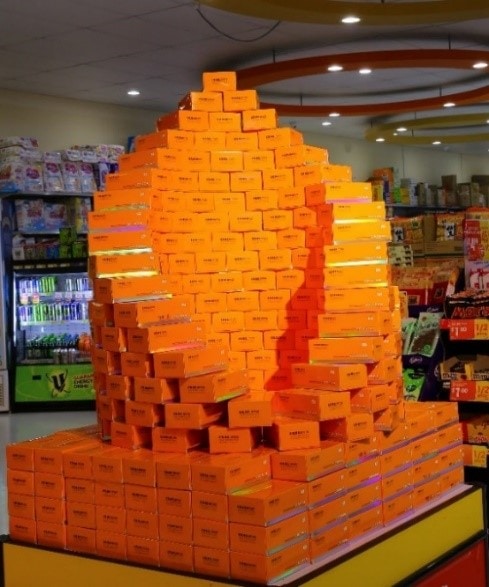
Importantly, themed imaginative displays (i.e., having a particular shape mimicking an object) appear to arouse customer interest through an emotional process, along with inference of some benefit from the product.
For example, in the study, an imaginative display of a battle tank that embodies strength leads to greater purchase intention for an energy drink that has a congruent benefit (‘energising’) but lowers purchase intention for a relaxation drink that has an incongruent benefit.
“This is borne out by industry practice; for instance, Coke Zero’s novel inverted pyramid display increased sales by 13 per cent at select supermarkets implementing the display,” Professor Keh says.
“Importantly, we show that effectiveness of the imaginative display is determined both by its novelty and aesthetic elements, rather than by its height or the number of products in the display.”
Professor Keh explains the findings from this research not only contribute to the literature on in-store display and store atmospherics but also have significant practical implications for retailers.
Potentially, the effect of the imaginative display on arousal can be complemented by other contextual stimuli such as congruent music, colour, and scent in the store.
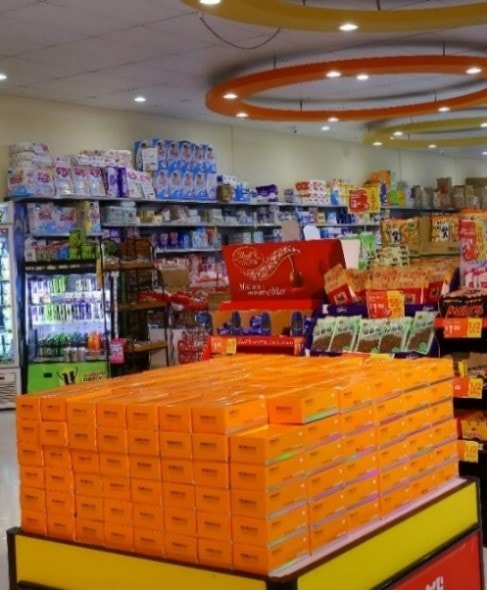
Professor Keh also suggests several directions for future research.
“It is possible that product involvement could moderate the effect of the imaginative display. For example, a customer seeking to buy a specific fine wine may be less influenced by the imaginative display, but another customer who is uncertain of which wine to purchase may well be persuaded by the display,” he speculates.
The researchers also indicate that it is not clear whether their findings would apply to fresh or perishable items such as seafood and vegetables.
“Particularly in this time of COVID-19, some customers may not take well to fresh food items that have been handled by others, particularly if the imaginative display is intricate and takes considerable time to construct,” Professor Keh says.
“Perceptions of contamination and concerns about product hygiene may lead to undesirable effects.”

